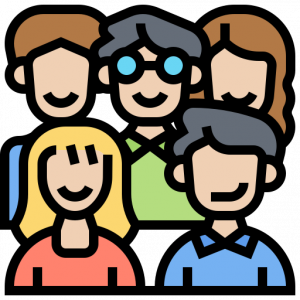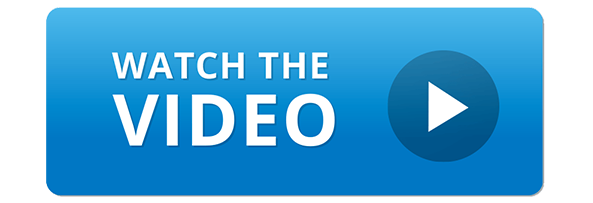What is an Orofacial Myofunctional Disorder (OMD)?
An orofacial myofunctional disorder occurs when an abnormal lip, jaw, or tongue position is present during rest, swallowing, or speech. Problems that result from OMDs may include pain in the face and neck, poor sleep due to breathing difficulties, or ongoing issues after dental surgery or orthodontic work.
CLICK ANY ICON BELOW FOR MORE INFORMATION

The Causes

Signs & Symptoms

Explain Therapy

The Benefits

Who Can Benefit?
Common Signs & Symptoms
- Mouth breathing or open-mouth posture
- Tongue thrust during swallow; low tongue rest
- Orthodontic relapse, open bite, or overjet
- Speech sound distortions (e.g., lisp)
- Prolonged chewing or swallowing difficulty
- Snoring or mild sleep-disordered breathing
- Facial muscle fatigue; jaw/TMJ discomfort
Who Benefits From OMT?
- Children with mouth breathing, tongue thrust, or orthodontic relapse
- Teens/adults in or after orthodontic care seeking stability
- People with snoring or mild sleep-disordered breathing
- Patients post-frenectomy (tongue-tie release) needing retraining
- Individuals with inefficient chewing, atypical swallow, or speech issues
- Those with facial muscle fatigue or jaw discomfort
Results depend on consistency and a tailored plan – At OMT Charlotteville your plan is always one of evidence-based and personalized to fit your needs and strengths.
See the amazing way that
myofunctional therapy
is helping people
Oral myofunctional therapy (OMT) can help an adult with a tongue tie by retraining the tongue and mouth muscles to function properly, which is often a critical part of a comprehensive treatment plan that may include surgery. OMT can improve tongue posture, breathing, swallowing, and speech by strengthening and stretching the muscles, and it can help prevent the tongue tie from reattaching after a surgical release.
How Orofacial Myofunctional Therapy (OMT) Helps
OMT is a non-invasive, exercise-based program that re-educates neuromuscular patterns for lasting change. Your plan may include:
- Tongue & lip posture training for correct rest position
- Swallow retraining to replace tongue thrust with a mature swallow
- Nasal breathing integration and habit-breaking strategies
- Strength & coordination drills for lips, tongue, cheeks, and jaw
- Interdisciplinary referrals (orthodontics, ENT, sleep, dentistry) as needed
Our therapists measure progress, reinforce home exercises, and coordinate with your care team to stabilize results.
Why It’s Critical to Get Help Early
When it comes to orofacial myofunctional disorders (OMDs), time is your best friend. The sooner we address them, the better the long-term results — and the easier life feels for your mouth, muscles, and overall health. That’s because uncorrected oral patterns don’t just “stay put.” They quietly keep influencing how your teeth grow, your jaw develops, and even how you breathe.
By catching and treating OMDs early, you’re not just solving a current problem — you’re helping your body avoid future ones. Here’s how early intervention makes a real difference:
- Reduce orthodontic relapse and support balanced growth
- Improve nasal breathing and sleep quality
- Ease chewing/swallowing and reduce muscle strain
- Enhance speech clarity and facial comfort
Think of early intervention like fixing a leaky roof before it becomes a waterfall — it’s easier, more effective, and saves you a lot of trouble down the road. The good news? With the right guidance and a personalized plan, most OMDs respond beautifully to therapy, helping you breathe, chew, speak, and smile with confidence.
How Do I
Prepare For My Free Consultation?
Think of this consultation as our “getting-to-know-you” session — a chance to see if we’re a good match, determine whether you (or your child) are a good candidate for myofunctional therapy, and decide if moving forward with a full comprehensive exam is the right next step.
If you have specific questions or concerns, jot them down ahead of time so we can make the most of our time together. The more we discuss during your consultation, the better we can understand how myofunctional therapy might help improve breathing, oral function, and overall wellness.
Choosing a virtual consultation? Great! Just make sure your internet connection is stable, your space is relatively quiet, and the lighting is good enough for us to see each other clearly — think “well-lit conversation,” not “mystery movie mood.” With those details in place, we can focus on what really matters: creating a plan that’s tailored to your needs and goals.






